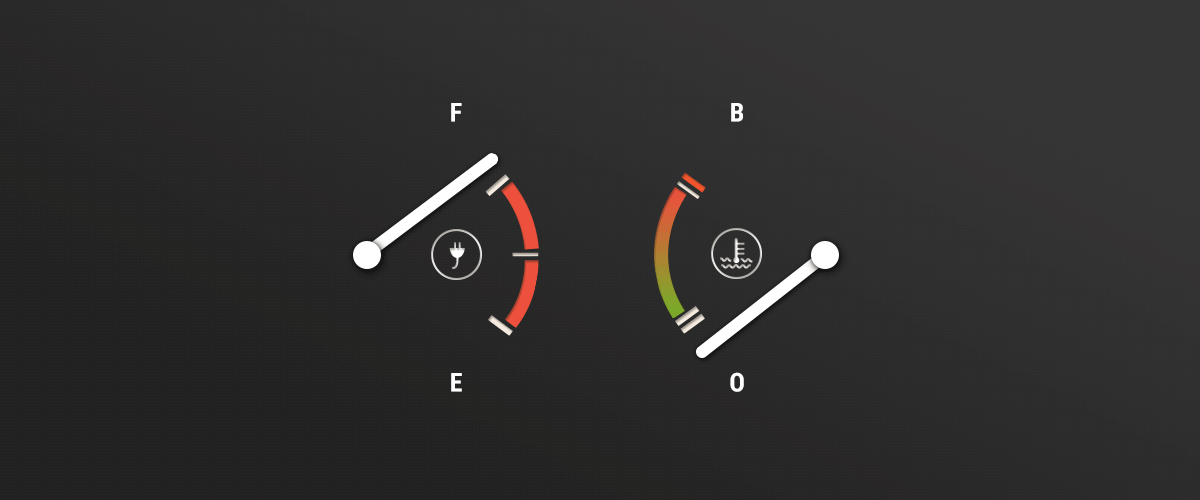The temperature of fluids in storage tanks must be controlled:
- Bitumen or heavy oil must be kept liquid and/or pumpable;
- Lubricating or hydraulics oil must have a minimum viscosity;
- Fuel oil must be prevented from flocculation;
- Water must not freeze.
In all cases a heater keeping the stored fluid above the ambient temperature must be provided, compensating at least the insulation losses and frequently bringing the filled fluid to the desired temperature.
To this effect, an electrical heater in form of an electrical flange heater or an electrical tank heater can be provided. The advantages of an electrical heater over a heater with heat exchangers is the fact that no heating fluid is required. The heating fluid - e.g. heat transfer oil or steam - may contaminate the environment or the heated fluid in case of leaks whereas electrical energy is available almost everywhere "without any contamination". Improved insulation materials frequently keep the required heat so low that an electrical heater is attractive in view of costs as well.
Electrical flange heaters are mainly used if there is a lateral access to the tank whereas tank heaters are used when a tank can only be accessed from the top (e.g. in case of buried tanks) or a lateral opening should not be made in the tank.
When assembling or disassembling a heater make sure that sufficient space is available. This may involve problems in case of collecting basins and the use of electrical flange heaters. The tank should provide support for reducing the momentary load of the flange connection. In case of tank heaters it must be observed that they normally have to be introduced through the manhole and/or the dome cover. To this effect, they must be turned from a vertical to a horizontal position.
The basic heating surface design is comparable for electrical flange heaters and tank heaters: one or more heating bars are positioned horizontally in the lower tank area and heat the fluid from here. The heat energy is transferred by convection. An adapted design can limit the fraction of convectively dissipated energy such that e.g. the heating mainly affects the tapping area. Thus, heat losses of the tank are reduced.
The heat losses of the tanks mainly depend on the insulation of the tank and the temperature difference between the tank contents and the environment. If there is no insulation, then the installation conditions and the thermal conductivity of tank wall play a role.
The heat transfer coefficient of uninsulated tank walls is approximately within the range of 5 W/(m²/K). An insulation of "only" 100 mm of mineral wool will here reduce the heat losses by a factor of 10.
Temperature control is referred to the fluid temperature and can optionally involve the ambient temperature as well, considering the fact that water has its highest density at 4 °C, i.e. the ice floats on the surface. If the temperature is measured near the bottom (where the heater is), a minimum temperature of 5 °C must be ensured.
All other fluids (e.g. bitumen or wax) contract and solidify. When fusing on, make therefore strictly sure that the fluid can expand without any obstruction (e.g. by providing a heating a "fusing channel"). Otherwise, liquid material will be ejected during the fusing process or the tank bursts. Such an additional heater can be attached to steel tanks from the outside since the power must only be sufficient to keep the fluid liquid in the immediate vicinity of the heater.

